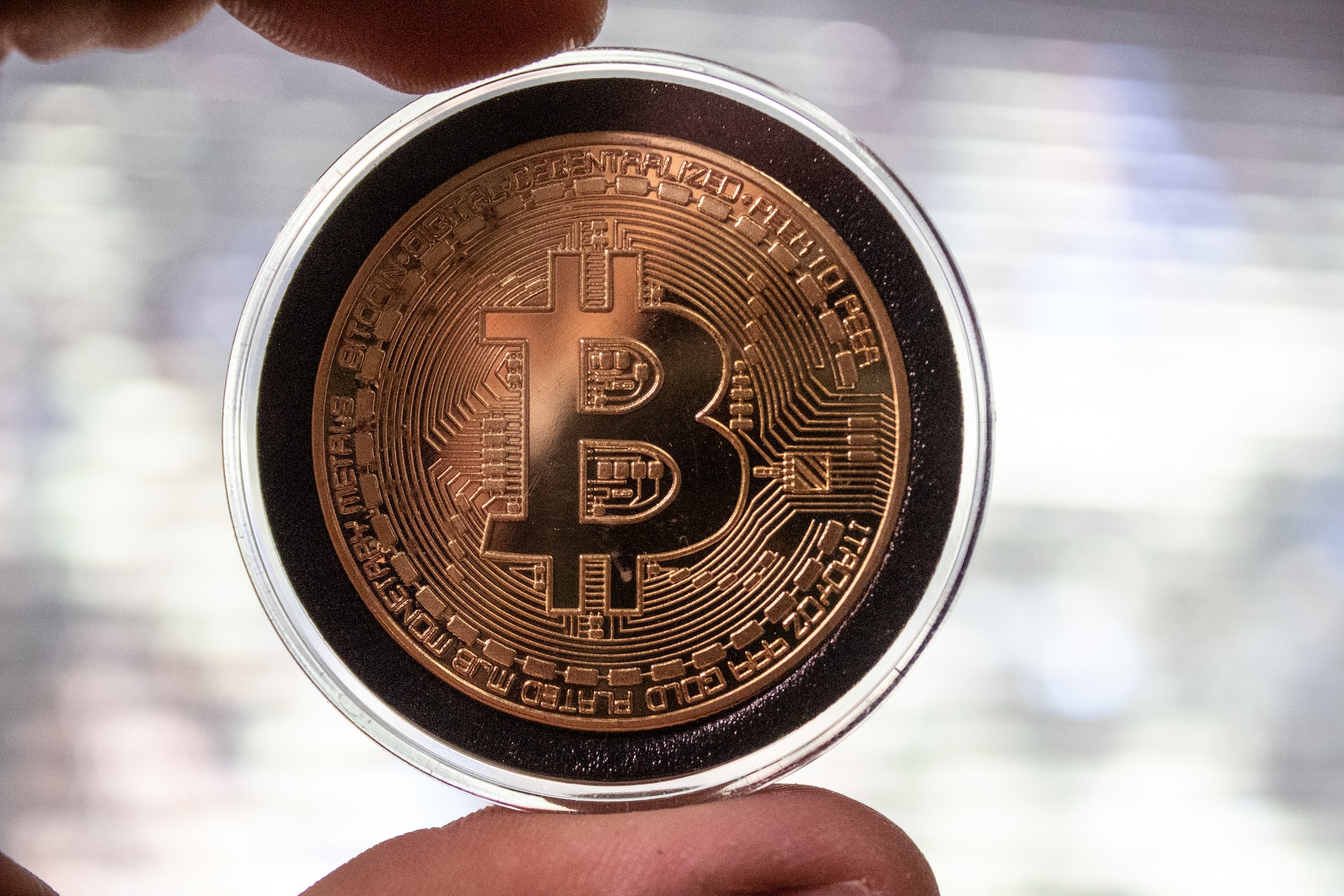In the world of cryptocurrency, few events generate as much excitement and anticipation as the Bitcoin halving. This significant event occurs approximately every four years and has a profound impact on the supply and mining of Bitcoin, the world’s first and most valuable cryptocurrency. In this article, we delve into the concept of Bitcoin halving, how it works, and why it holds immense importance in the realm of digital currencies.
What is Bitcoin Halving?
Bitcoin halving, also known as the “halvening,” is a pre-programmed event that occurs every 210,000 blocks mined on the Bitcoin blockchain. The Bitcoin blockchain operates on a decentralized network of computers, called nodes, that maintain a public ledger of all transactions ever made with the cryptocurrency.
The key feature of Bitcoin halving is the reduction in the block reward that miners receive for successfully adding a new block of transactions to the blockchain. When Bitcoin was created by the pseudonymous figure known as Satoshi Nakamoto in 2009, the initial block reward was 50 bitcoins. However, as part of the original Bitcoin protocol, the block reward is halved approximately every four years.
How Bitcoin Halving Works
The mechanics of Bitcoin halving are straightforward but have a profound impact on the cryptocurrency’s supply and scarcity. For every 210,000 blocks, the block reward is cut in half, meaning miners receive half the number of bitcoins for validating transactions and adding blocks to the blockchain. This process is repeated until the total supply of Bitcoin reaches its maximum cap of 21 million coins.
Here’s a breakdown of how Bitcoin halving works:
1. Initial Block Reward
When Bitcoin was launched in January 2009, the block reward for miners was 50 bitcoins for each successfully mined block.
2. First Halving
Approximately every four years (specifically every 210,000 blocks), the block reward is halved. The first halving occurred on November 28, 2012, reducing the block reward from 50 to 25 bitcoins.
3. Second Halving
The second halving took place on July 9, 2016, reducing the block reward further from 25 to 12.5 bitcoins.
4. Third Halving
The most recent halving occurred on May 11, 2020, cutting the block reward to its current rate of 6.25 bitcoins.
5. Future Halvings
Bitcoin halving will continue until the block reward reaches a negligible amount, expected to occur in the year 2140. By then, the total supply of Bitcoin will have reached 21 million coins, creating a deflationary digital asset.
Why is Bitcoin Halving Important?
The Bitcoin halving event is crucial for several reasons, making it a significant milestone in the cryptocurrency world.
1. Scarcity and Digital Gold
The halving mechanism ensures that the rate at which new bitcoins are minted slows down over time, creating scarcity akin to precious metals like gold. This scarcity is a fundamental factor behind the “digital gold” narrative surrounding Bitcoin, where it is often compared to gold due to its limited supply and potential as a store of value.
2. Inflation Control
Unlike traditional fiat currencies, which can be printed in unlimited quantities by central banks, Bitcoin’s supply is governed by its code and cannot be inflated at will. The halving event plays a critical role in controlling Bitcoin’s inflation rate, making it a deflationary asset over time.
3. Mining Economics
Bitcoin miners play a vital role in securing the network and validating transactions. The halving event impacts their revenue significantly, as they receive fewer bitcoins for their mining efforts. This dynamic can lead to changes in the mining ecosystem, affecting mining difficulty, hash rate, and mining profitability.
4. Price Speculation
Historically, Bitcoin halvings have been associated with price surges. The reduction in the block reward can lead to a decrease in the selling pressure from miners, potentially driving demand and contributing to price appreciation.
Conclusion
Bitcoin halving is a fundamental aspect of the cryptocurrency’s protocol, ensuring its scarcity, controlling inflation, and influencing mining economics. As the total supply of Bitcoin approaches its cap, the event’s significance is likely to increase, leading to continued speculation and interest from investors and the wider cryptocurrency community. Understanding the mechanics and importance of Bitcoin halving is crucial for anyone seeking to comprehend the dynamics of the world’s most popular digital currency.

